20 Stunning Bridges That Are Engineering Marvels
From ancient stone arches to modern suspension spans, these bridges represent humanity’s greatest achievements in connecting people and places. Each structure pushed the boundaries of what engineers thought possible.
These magnificent bridges don’t just cross gaps – they redefine what’s possible in architectural design and engineering.
Millau Viaduct (France)

Taller than the Eiffel Tower, this cable-stayed bridge seems to float above the clouds. Its highest pylon reaches 1,125 feet, making it the tallest bridge structure in the world.
Engineers developed new concrete formulas specific to high-altitude construction. The bridge expands and contracts up to three feet daily with temperature changes.
Golden Gate Bridge (San Francisco, USA)
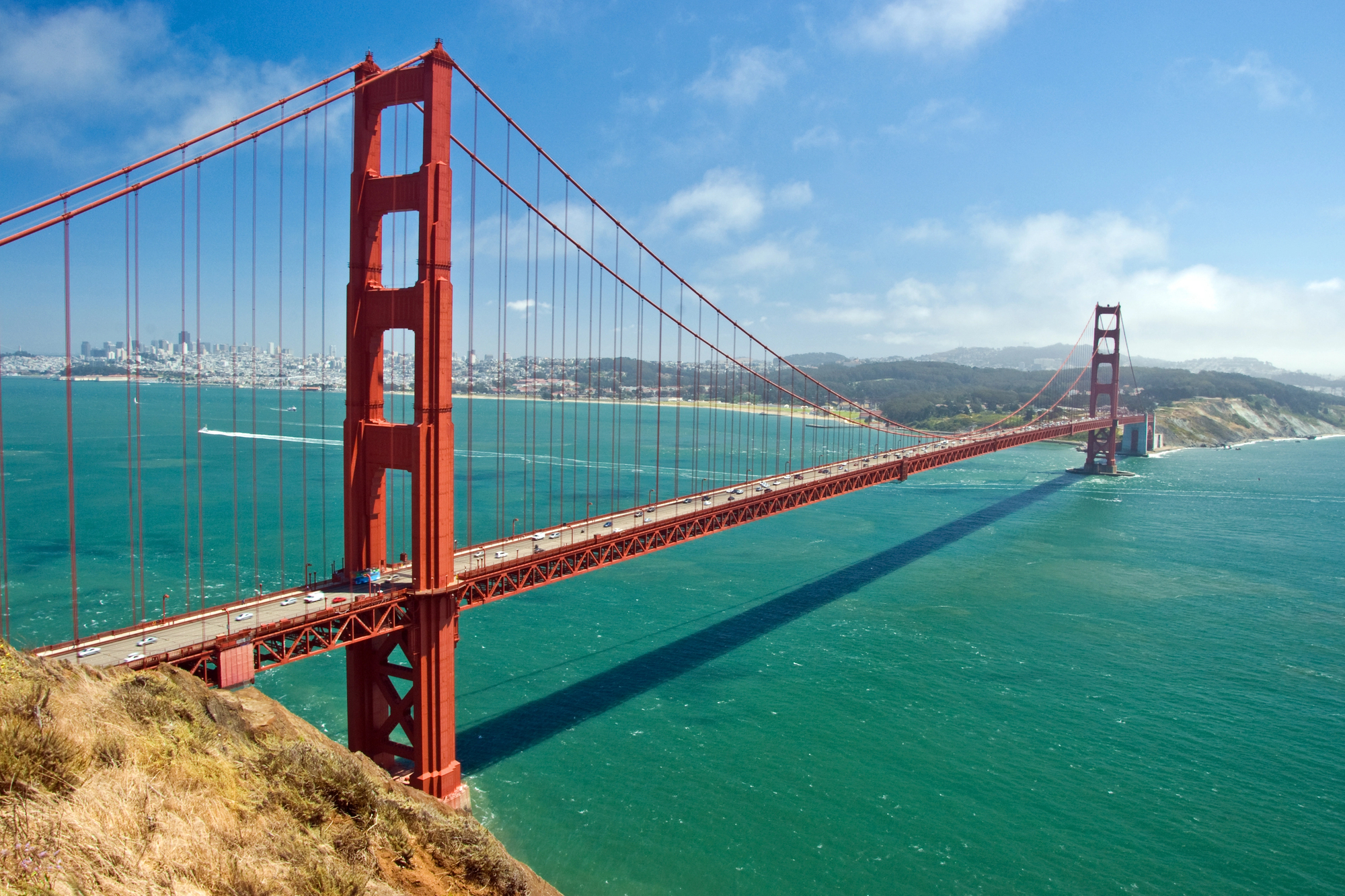
This Art Deco masterpiece used unprecedented construction techniques to span the treacherous strait. Its signature color, “International Orange,” was originally just a primer that proved perfect for visibility in fog.
Workers pioneered new safety techniques, including the first use of hard hats and safety nets. The bridge’s cables contain enough wire to circle the Earth three times.
Like Go2Tutors’s content? Follow us on MSN.
Ponte Vecchio (Florence, Italy)
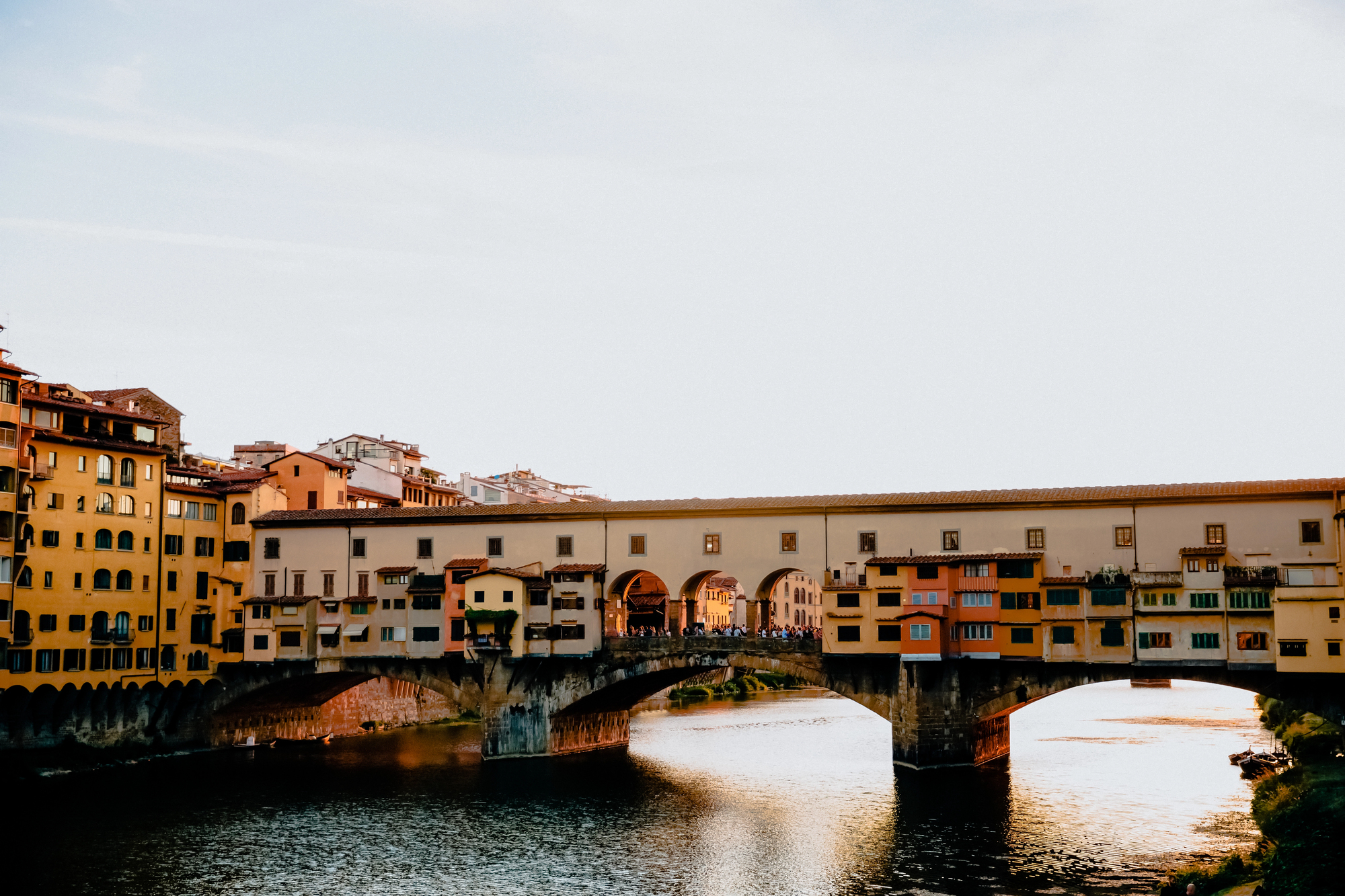
This medieval wonder remains the only Florentine bridge to survive World War II. Built in 1345, it still houses shops as it did centuries ago.
The bridge’s unique enclosed passageway, the Vasari Corridor, allowed the Medici to cross without mixing with commoners. Its structural innovations influenced bridge design for centuries.
Gateshead Millennium Bridge (England)
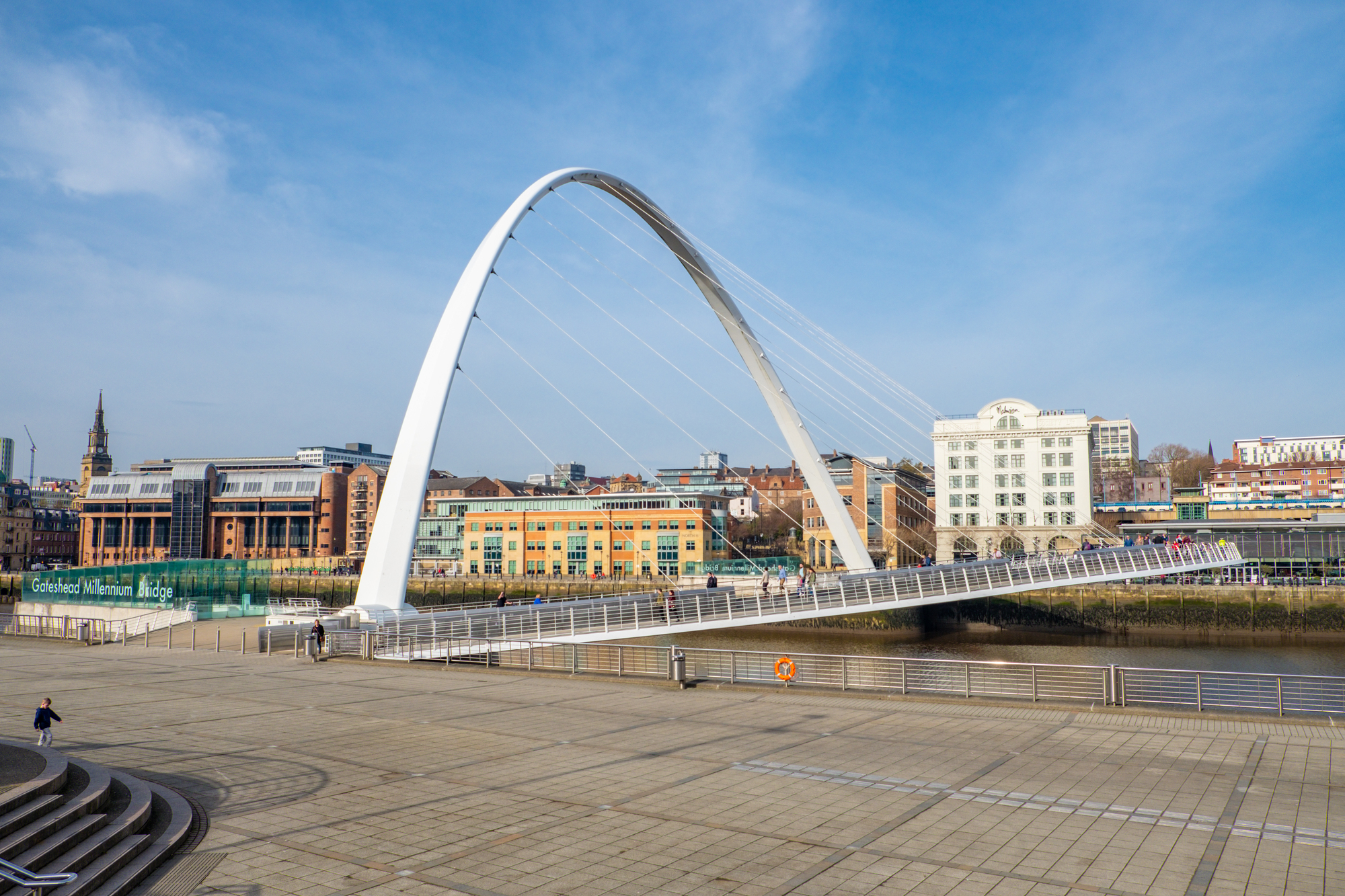
The world’s first and only tilting bridge uses massive hydraulic arms to rotate, allowing ships to pass. Locals nickname it the “Blinking Eye Bridge” for its unique movement.
Engineers designed it to use the same energy as eight household kettles to tilt. The entire structure was assembled off-site and transported by water.
Sunshine Skyway Bridge (Florida, USA)
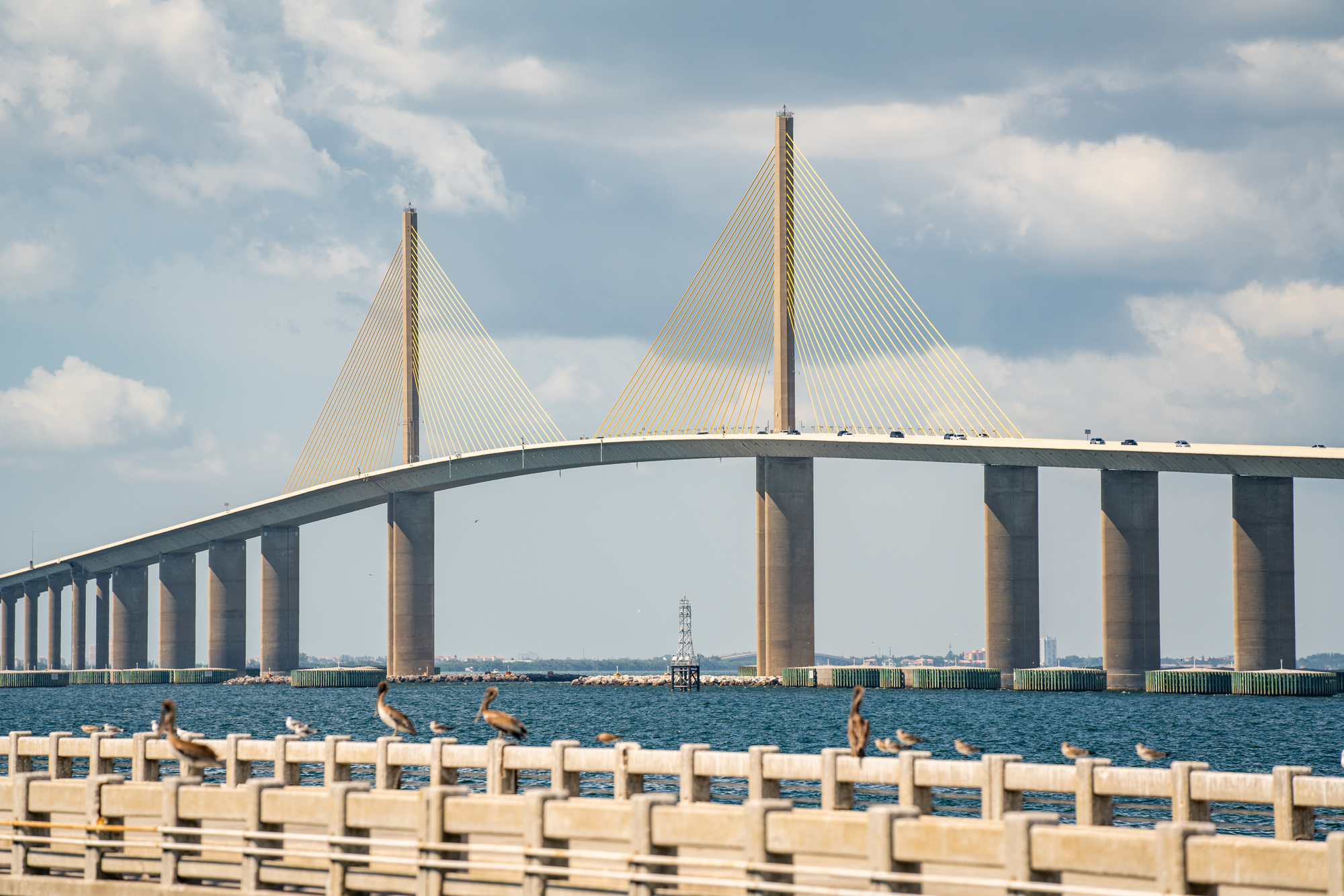
This cable-stayed bridge features a unique dolphin-friendly design with special sound-dampening technology. Its distinctive yellow cables are designed to withstand Category 5 hurricanes.
The bridge includes a state-of-the-art ship collision protection system. Lightning strikes the bridge an average of 70 times per year.
Like Go2Tutors’s content? Follow us on MSN.
Dragon Bridge (Da Nang, Vietnam)
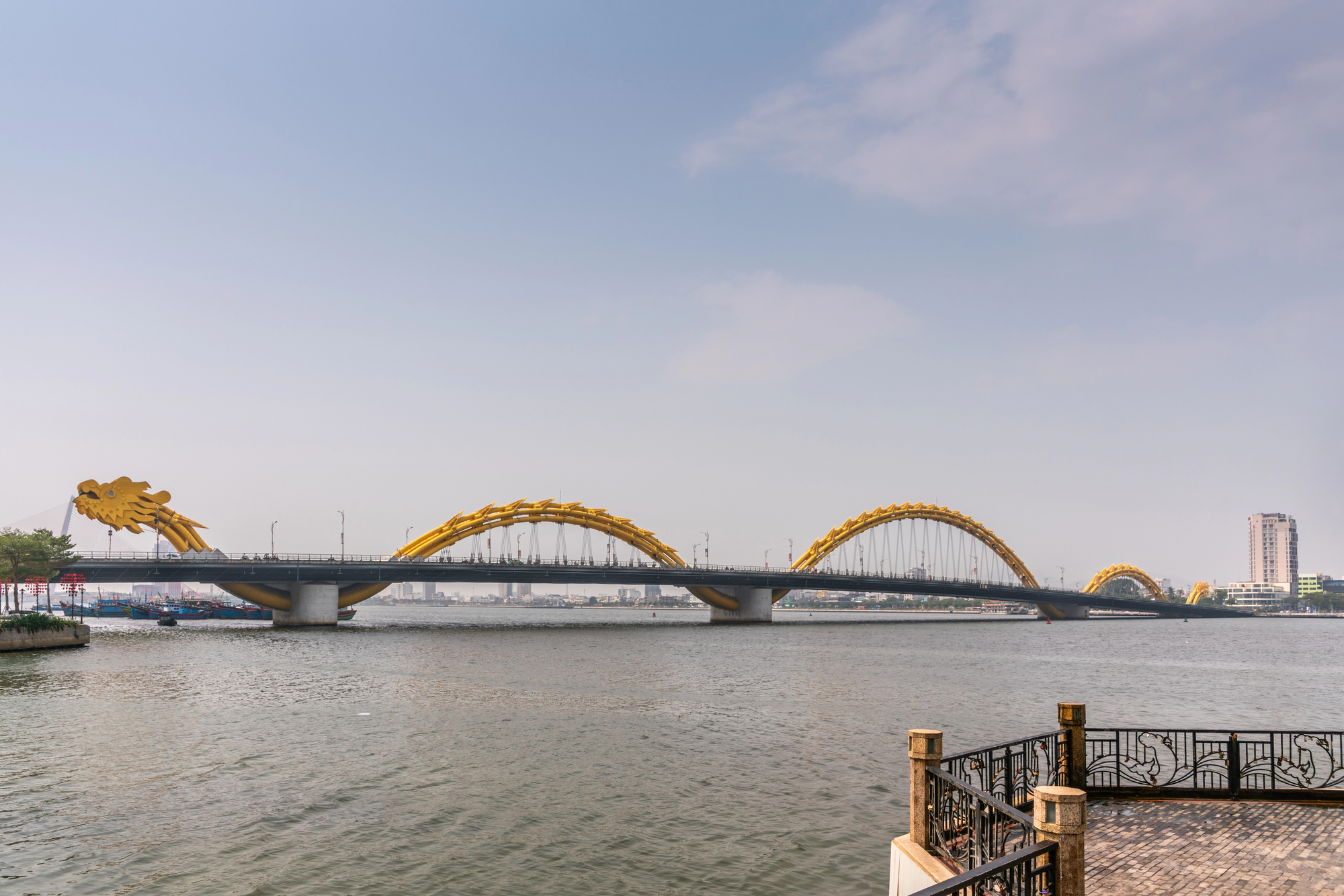
This dragon-shaped bridge breathes fire on weekends and special occasions. Its scales are individually LED-lit, creating dynamic light shows.
Engineers developed new techniques to create the serpentine form while maintaining structural integrity. The bridge has become a symbol of Vietnam’s technological advancement.
Helix Bridge (Singapore)

The world’s first double-helix bridge structure uses DNA-inspired architecture to support pedestrian traffic. Its unique design required the development of new mathematical models for construction.
The structure uses special steel that cools pedestrians in tropical heat. LED lights along the helix create different sequences throughout the night.
Pont du Gard (France)
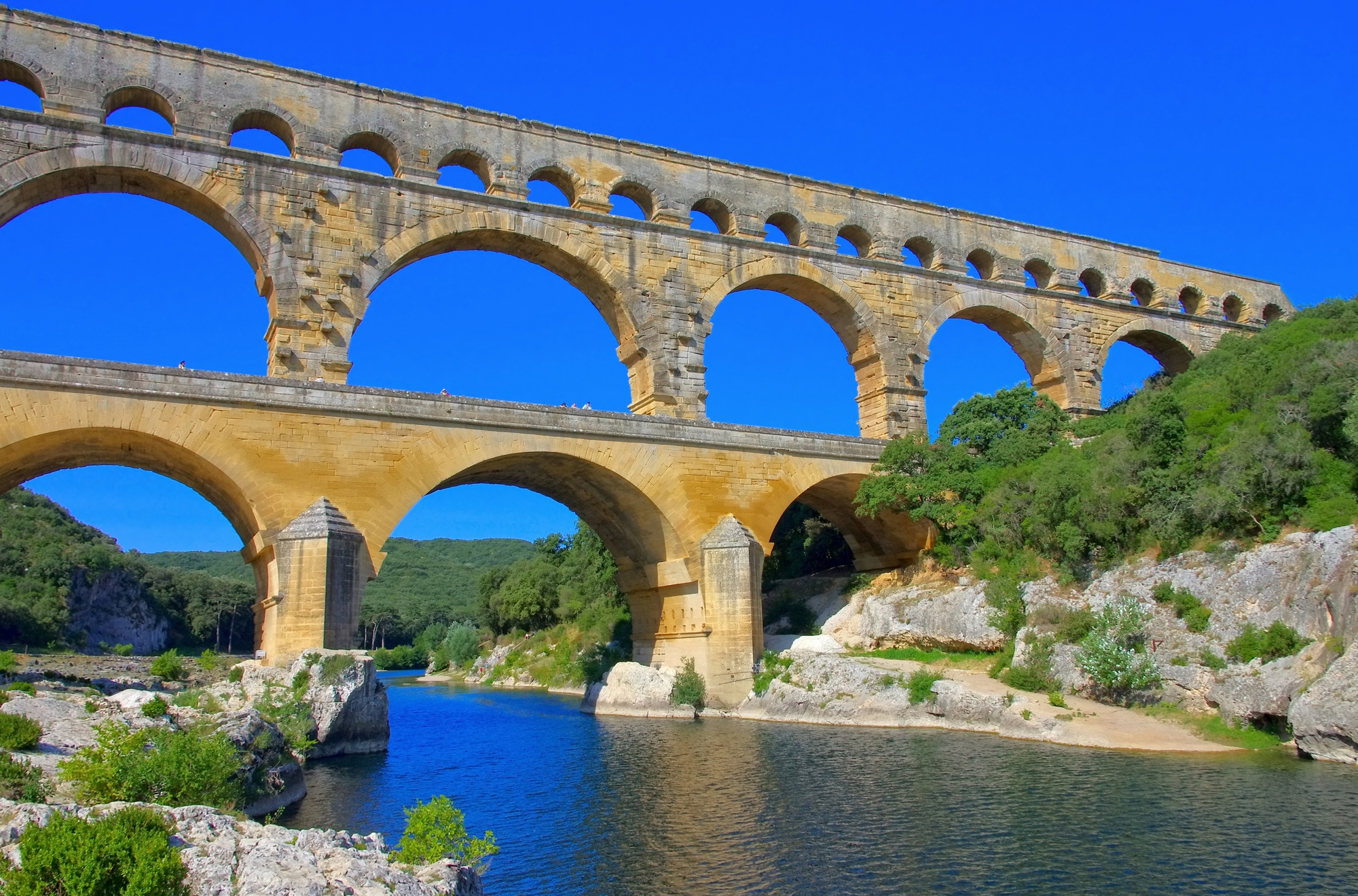
This Roman aqueduct bridge has stood for two millennia without mortar between its stones. Engineers used precise weight distribution techniques that modern builders still study.
The structure’s three tiers of arches demonstrate perfect mathematical progression. Recent studies revealed sophisticated Roman surveying techniques used in its construction.
Like Go2Tutors’s content? Follow us on MSN.
Rolling Bridge (London, England)
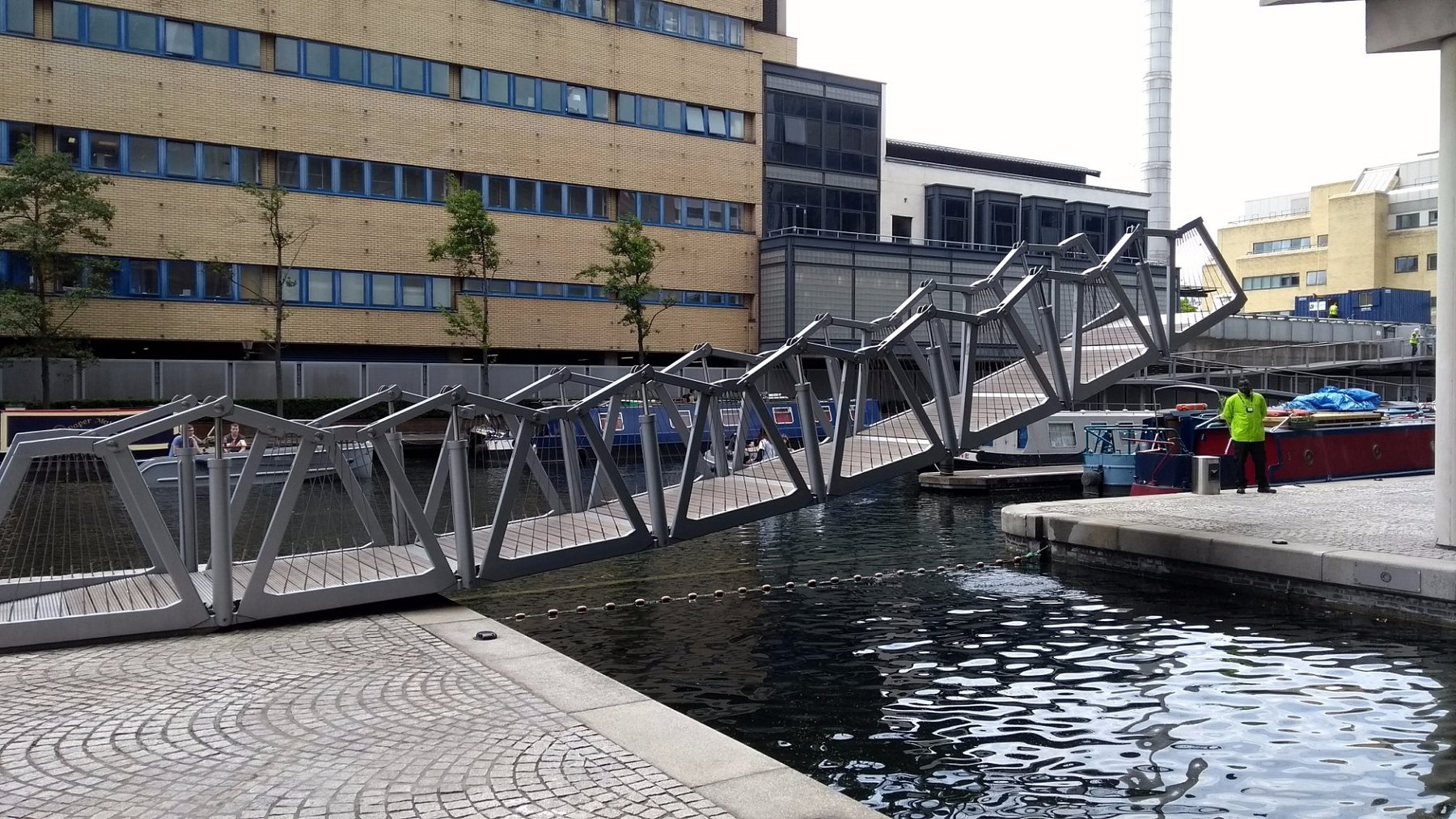
This innovative bridge curls into an octagon to allow boats to pass. Engineers developed special hinged segments that move in perfect synchronization.
The structure uses hydraulic systems originally designed for aircraft. Each “curling” deploys a different sequence of movements.
Glass Bridge (Zhangjiajie, China)
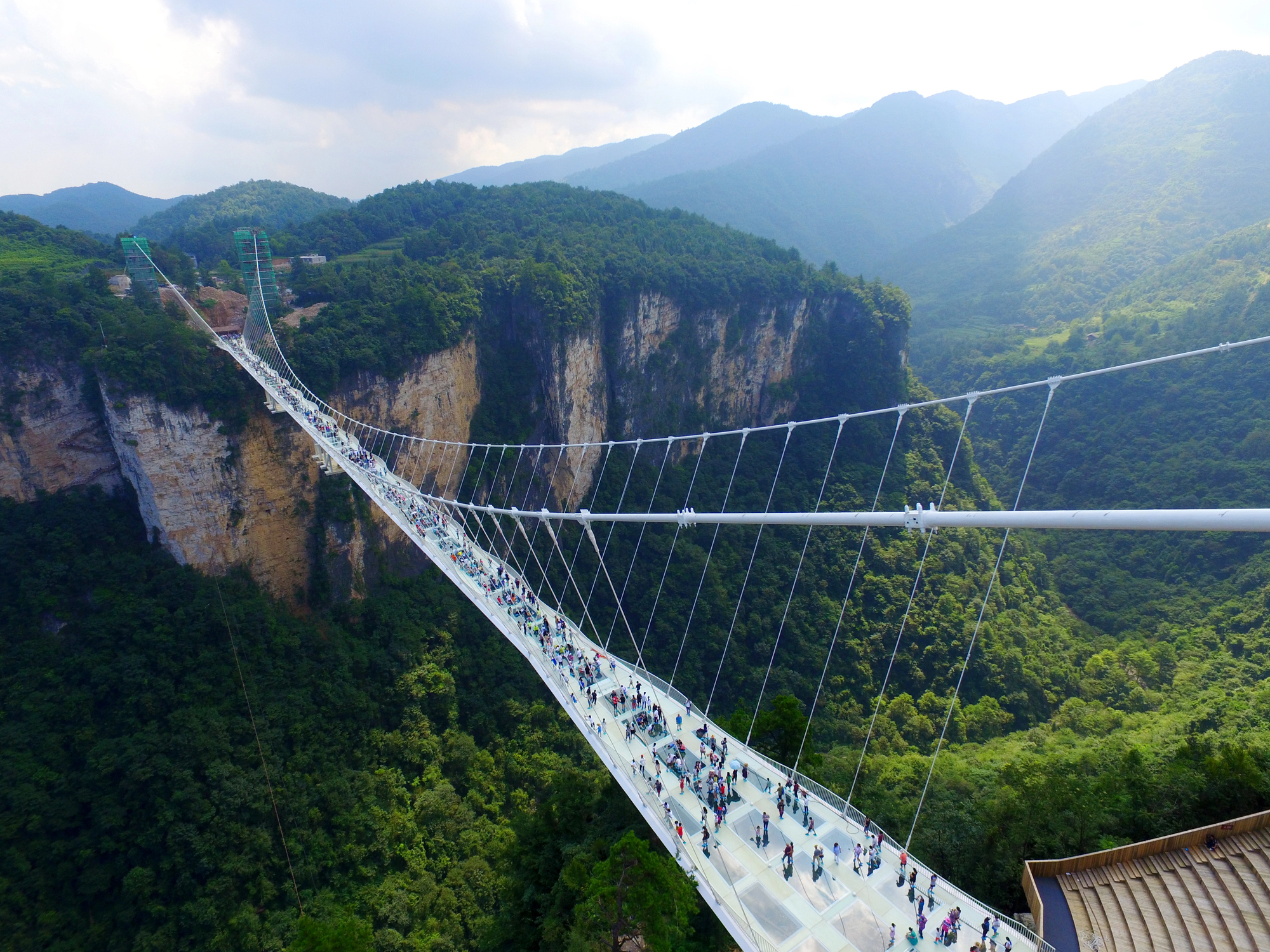
The world’s longest and highest glass-bottomed bridge tests visitors’ courage at 1,410 feet high. Engineers developed new ultra-strong glass panels that can support the weight of 33 cars.
The bridge includes special dampeners to reduce movement in high winds. Maintenance crews replace worn glass panels using specialized techniques.
Juscelino Kubitschek Bridge (Brazil)
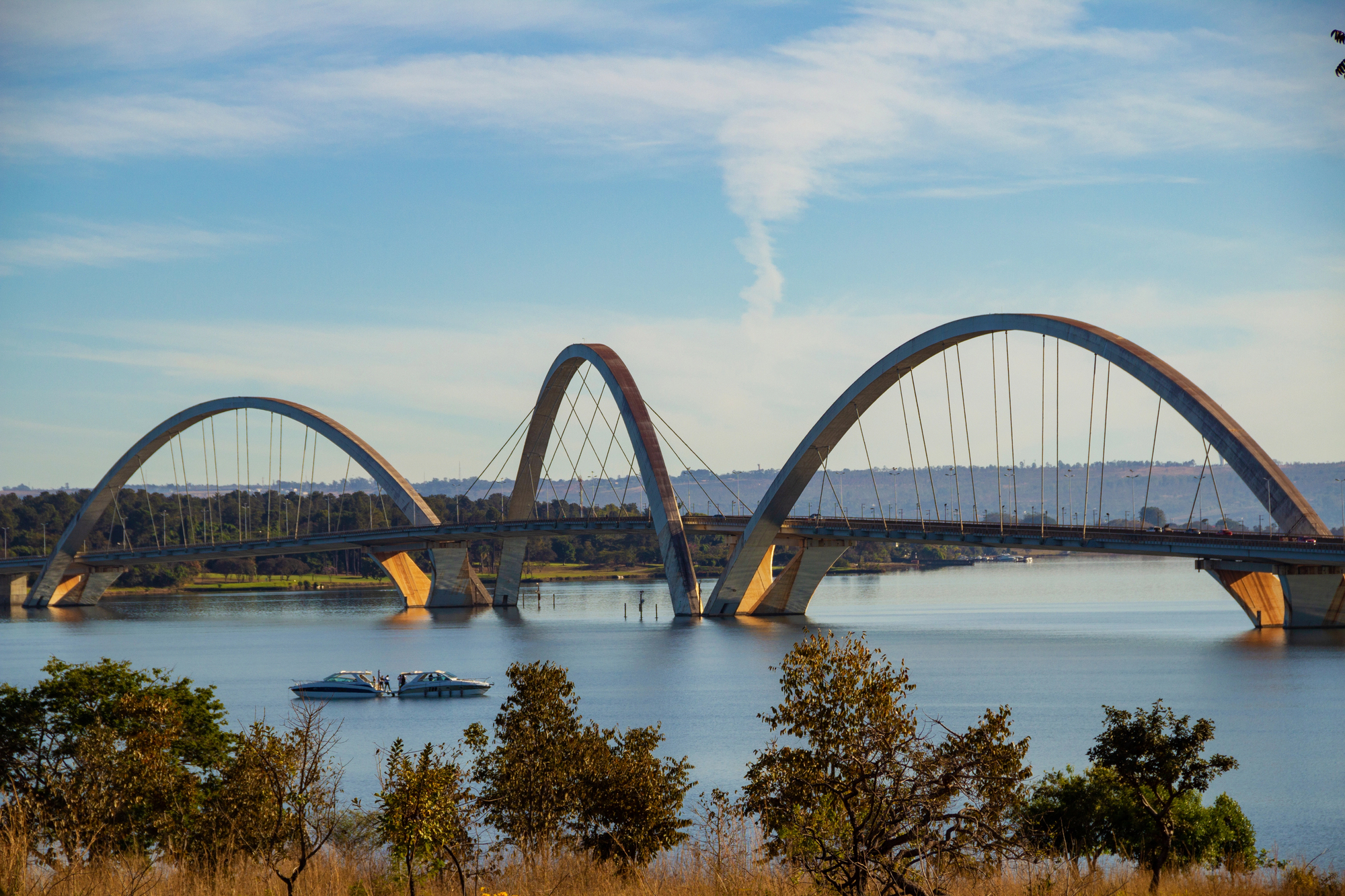
Three asymmetrical steel arches cross the water in seemingly impossible curves. Engineers developed new mathematical models to calculate the unique stress patterns.
The bridge appears to skip across the water like stones. Its design required the creation of new construction equipment.
Like Go2Tutors’s content? Follow us on MSN.
Webb Bridge (Melbourne, Australia)
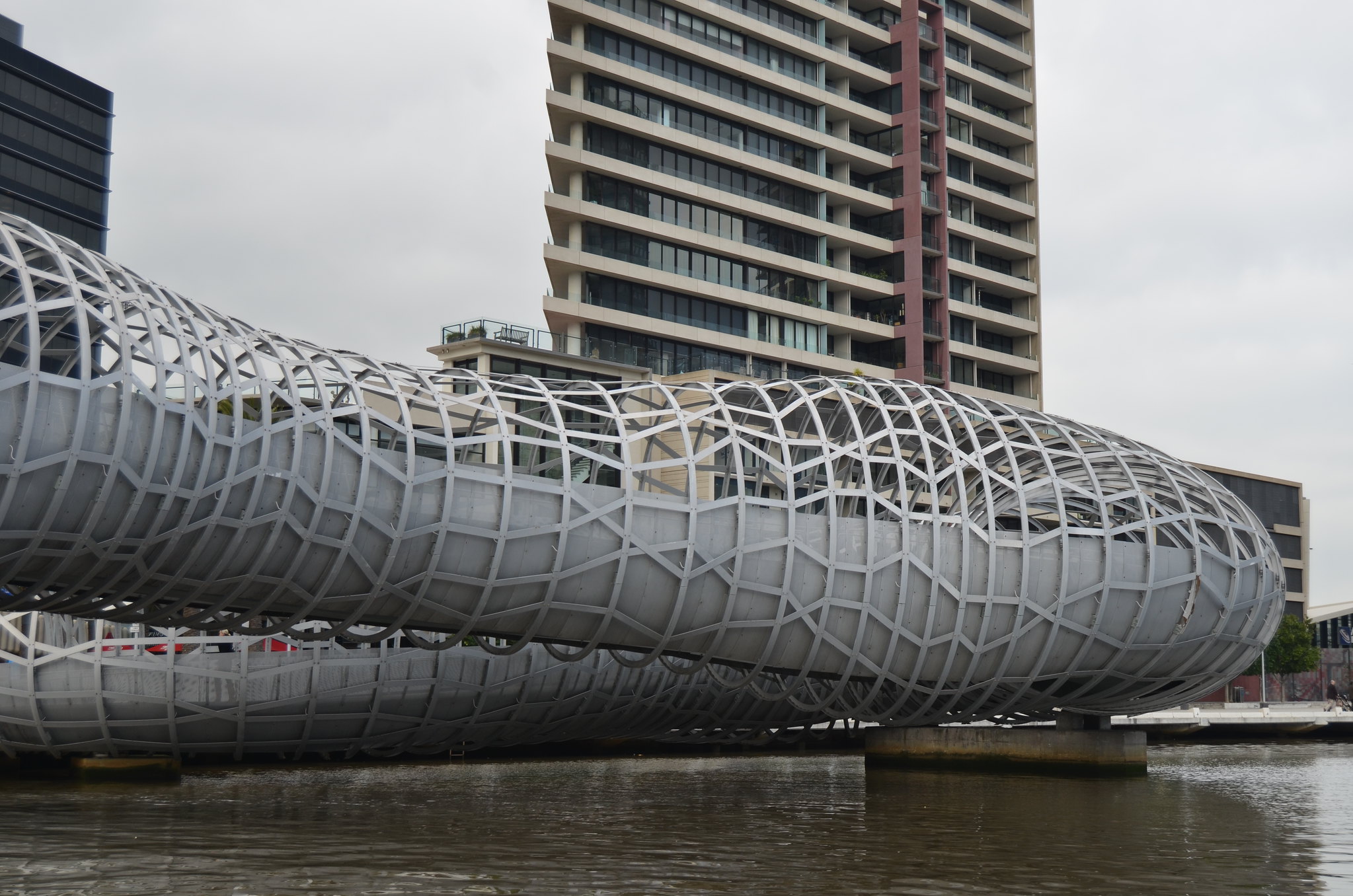
This pedestrian bridge takes inspiration from Aboriginal fishing traps in its unique mesh design. Engineers developed special weaving techniques for the steel lattice.
The structure changes appearance dramatically throughout the day as light shifts. Its design accommodates thermal expansion without visible joints.
Infinity Bridge (Stockton-on-Tees, England)
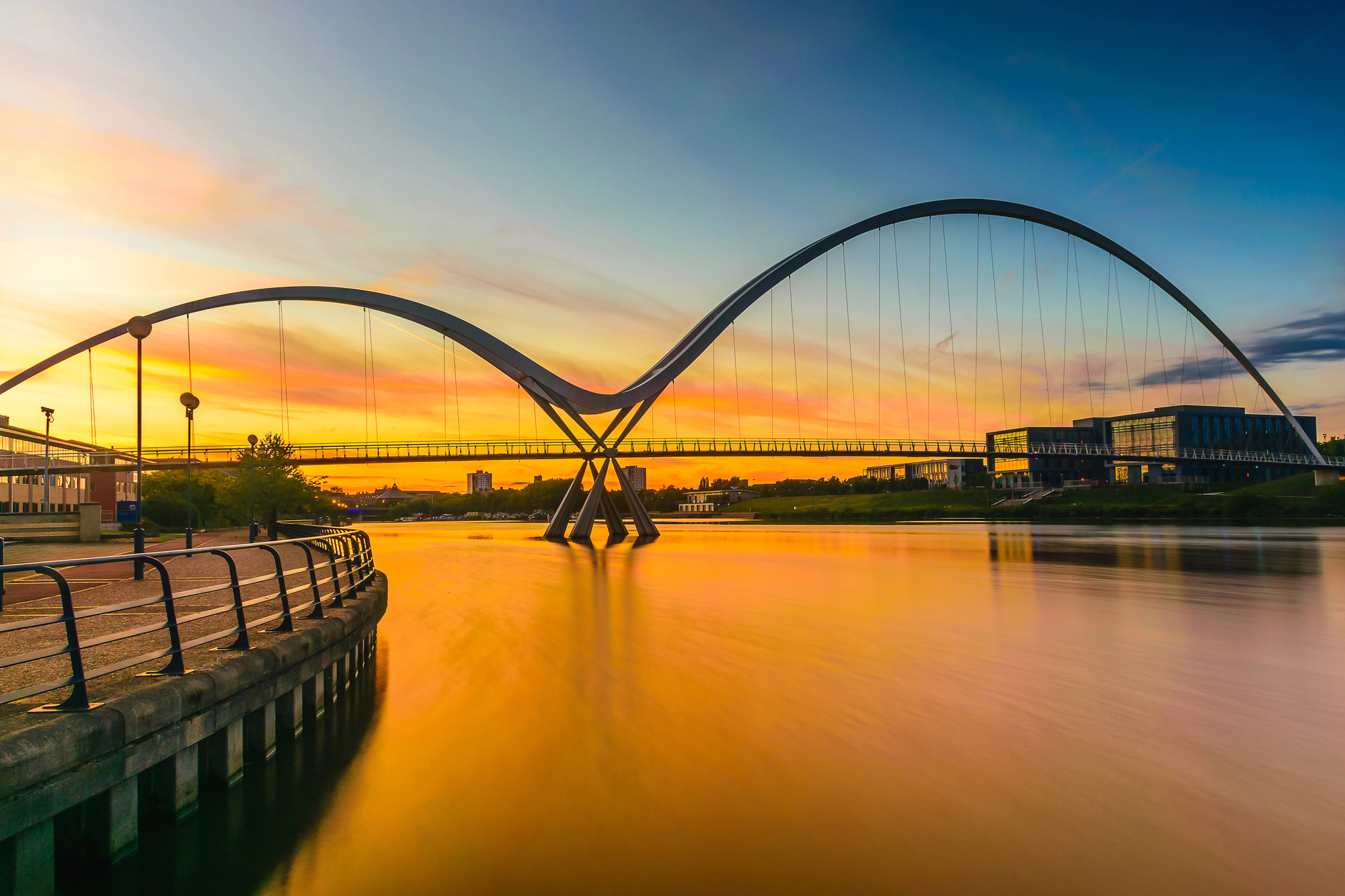
This pedestrian bridge creates a perfect figure-eight reflection in the water below. Engineers designed special lighting systems to enhance the infinity effect at night.
The bridge’s unique geometry required the development of new stability calculations. Its deck subtly shifts position with temperature changes.
Henderson Waves (Singapore)
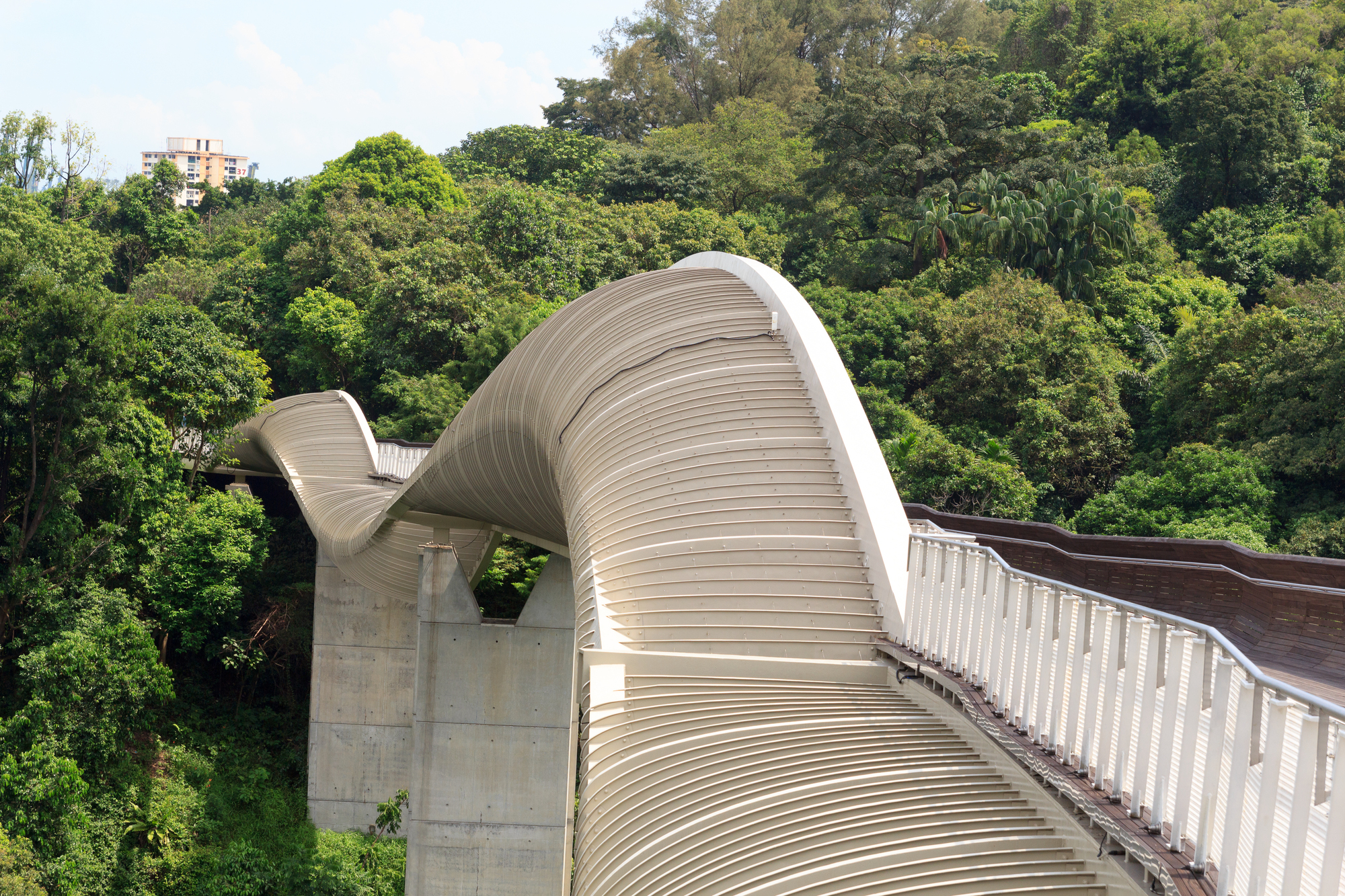
The highest pedestrian bridge in Singapore undulates like a ribbon with curved steel ribs. Engineers developed new techniques for bending the massive timber panels.
The structure includes hidden chambers that modify wind flow. Special joints allow the waveform to move slightly with weather changes.
Like Go2Tutors’s content? Follow us on MSN.
Langkawi Sky Bridge (Malaysia)
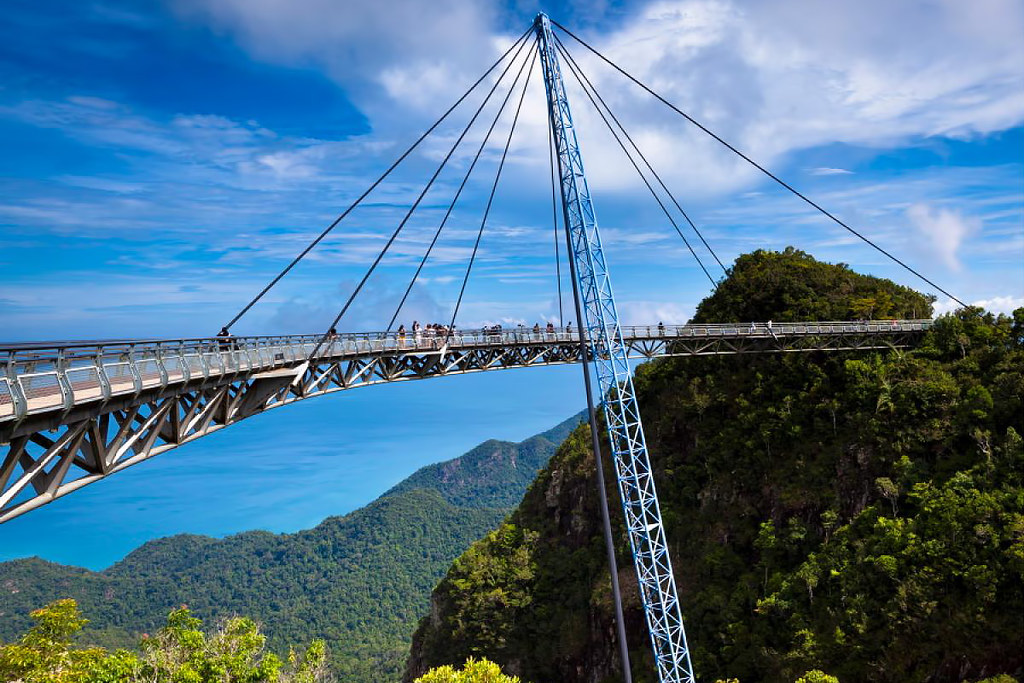
This curved pedestrian bridge is suspended from a single tower 2,300 feet above sea level. Engineers developed new cable-staying techniques for its unusual, curved design.
The structure includes special dampeners to reduce movement in tropical storms. Its deck can shift up to six feet in high winds while remaining stable.
Python Bridge (Amsterdam, Netherlands)
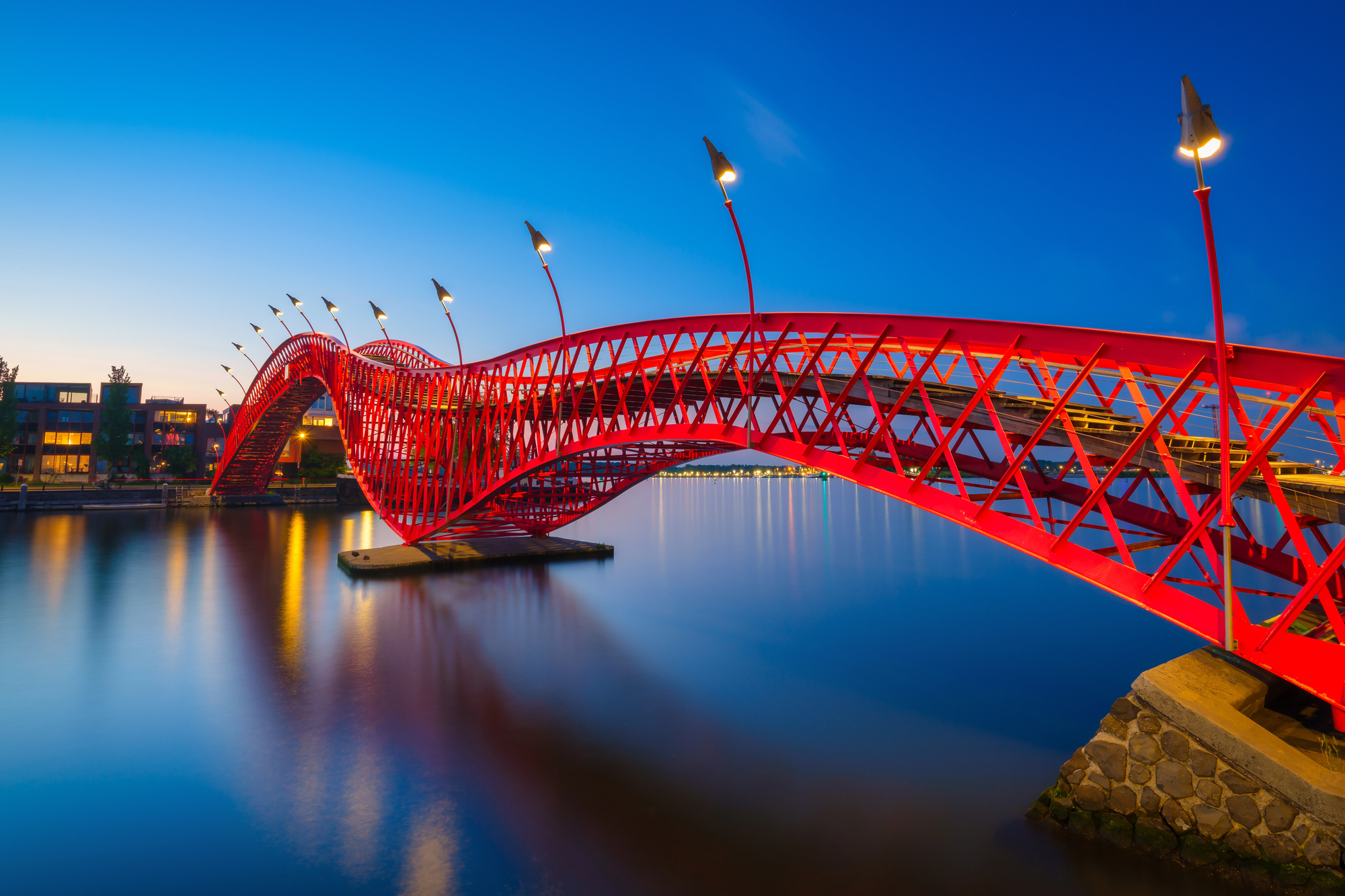
This red snake-like bridge twists dramatically across the water. Engineers created new techniques for achieving complex curves while maintaining structural integrity.
The bridge’s surface includes heating elements to prevent ice formation. Its unique shape required the development of special maintenance equipment.
Bridge of Aspiration (London, England)
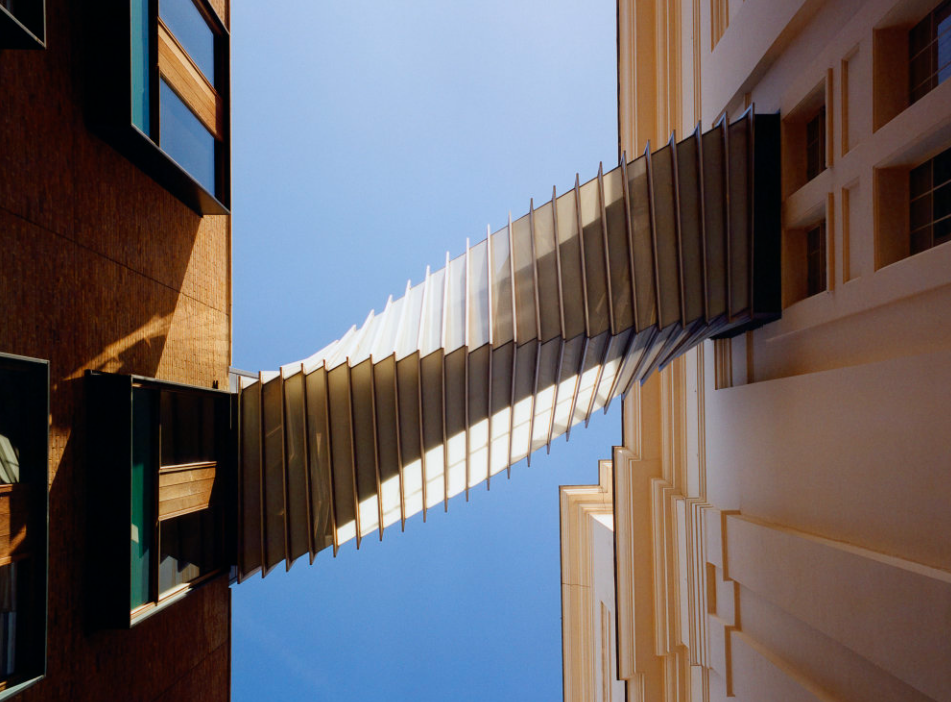
This twisted glass and aluminum bridge connects two buildings while rotating 180 degrees. Engineers developed special flexible joints to allow the twisting movement.
The structure appears to change shape as viewers walk around it. Its design accommodates the different floor heights of connecting buildings.
Like Go2Tutors’s content? Follow us on MSN.
Living Root Bridges (Meghalaya, India)

These natural bridges are grown over generations using living tree roots. Local engineers have perfected techniques that they have passed down through the centuries.
Some bridges can support the weight of 50 people at once. New roots are continuously trained to strengthen aging sections.
Octavio Frias de Oliveira Bridge (São Paulo, Brazil)
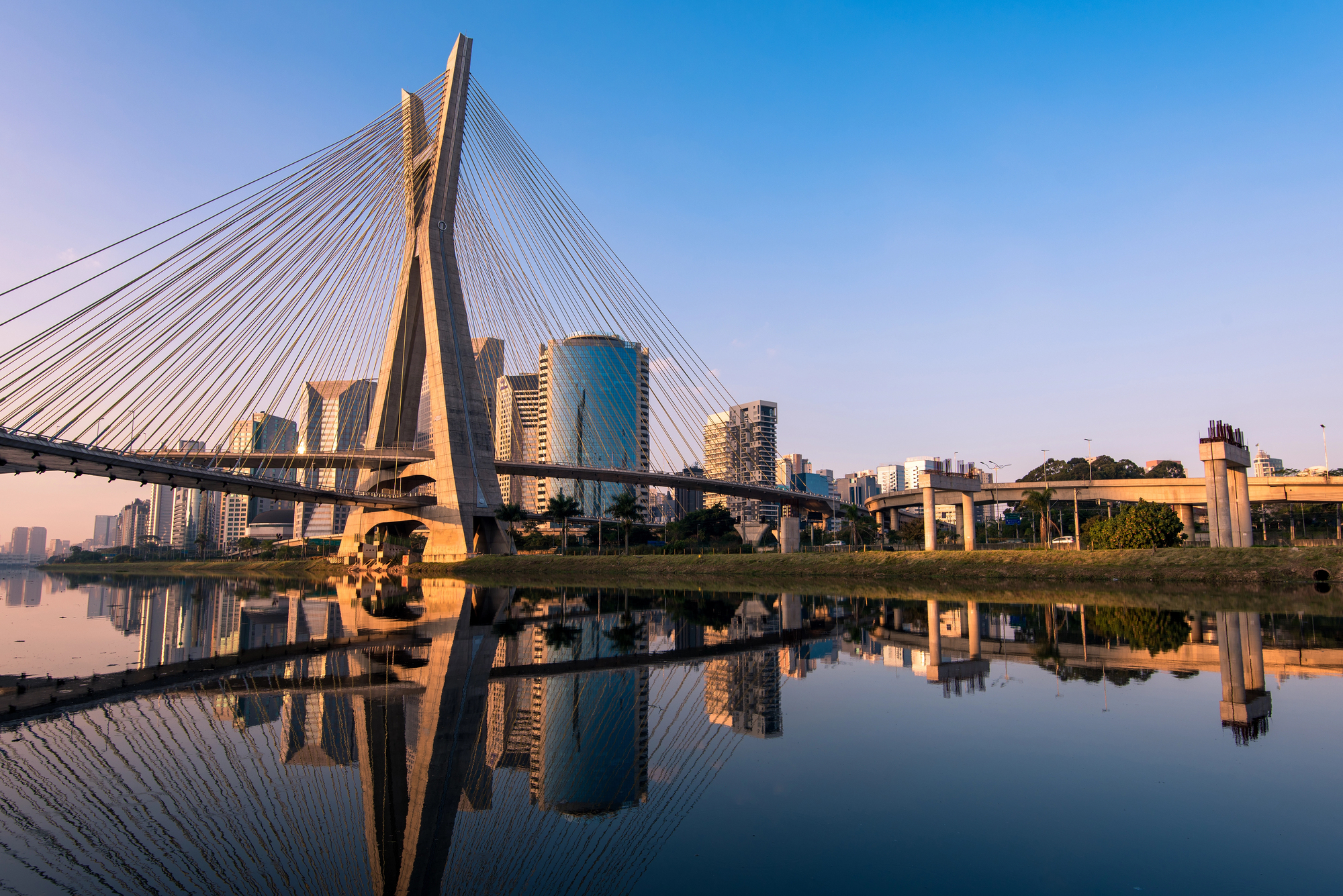
The world’s only X-shaped cable-stayed bridge supports two curved tracks crossing at different levels. Engineers developed new techniques for installing cables at unusual angles.
The structure creates different geometric patterns throughout the day as shadows shift. Its design required the creation of new mathematical models for stability calculations.
Rialto Bridge (Venice, Italy)
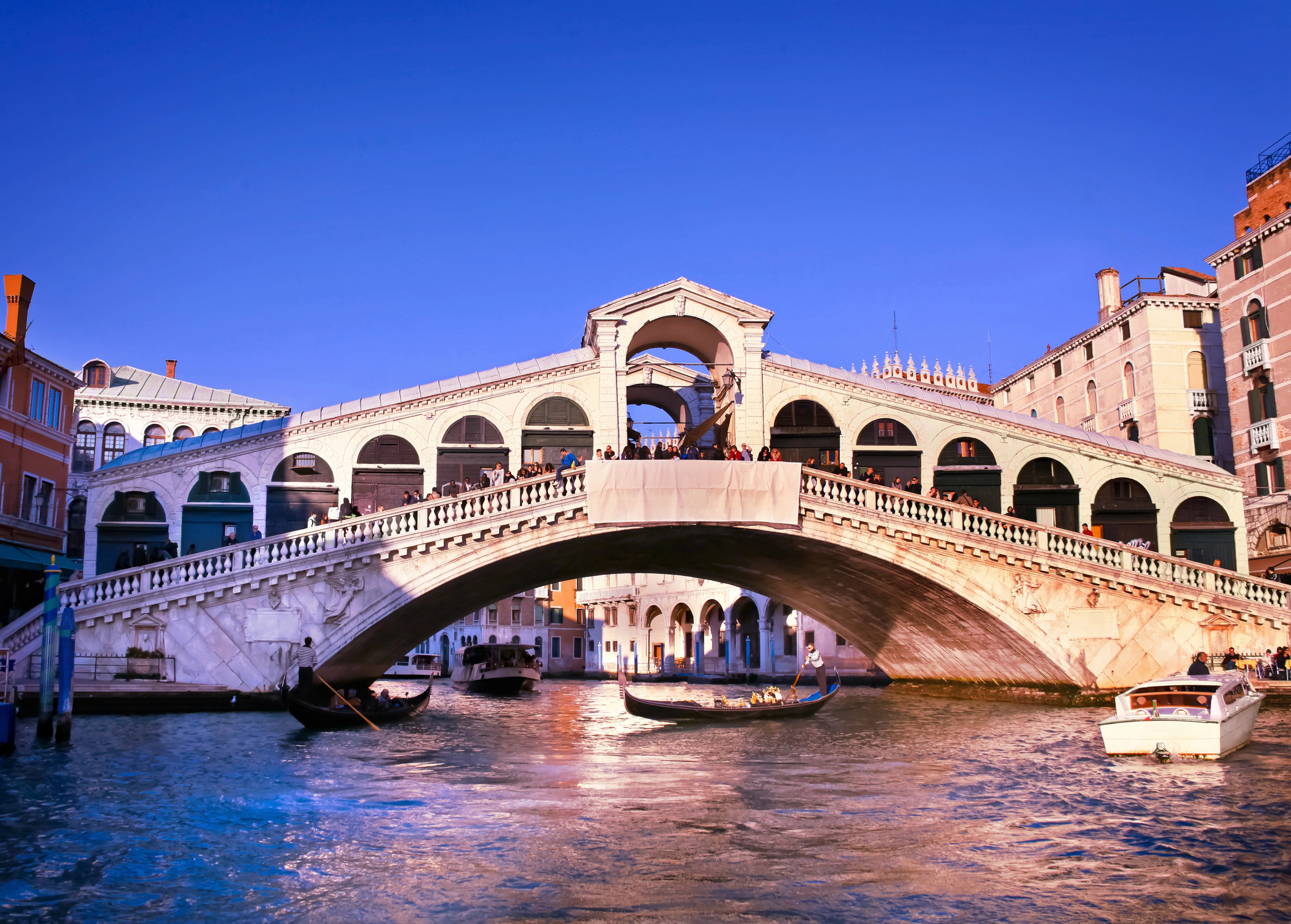
This 16th-century stone arch bridge was considered so ambitious that critics predicted its collapse before completion. Its unique elevated arcade of shops helps support the structure while generating revenue.
Engineers still study how its wooden pilings have survived centuries in saltwater. The bridge’s innovative design inspired countless imitators, though none matched its elegant proportion of arch to span.
Like Go2Tutors’s content? Follow us on MSN.
Engineering’s Next Frontier
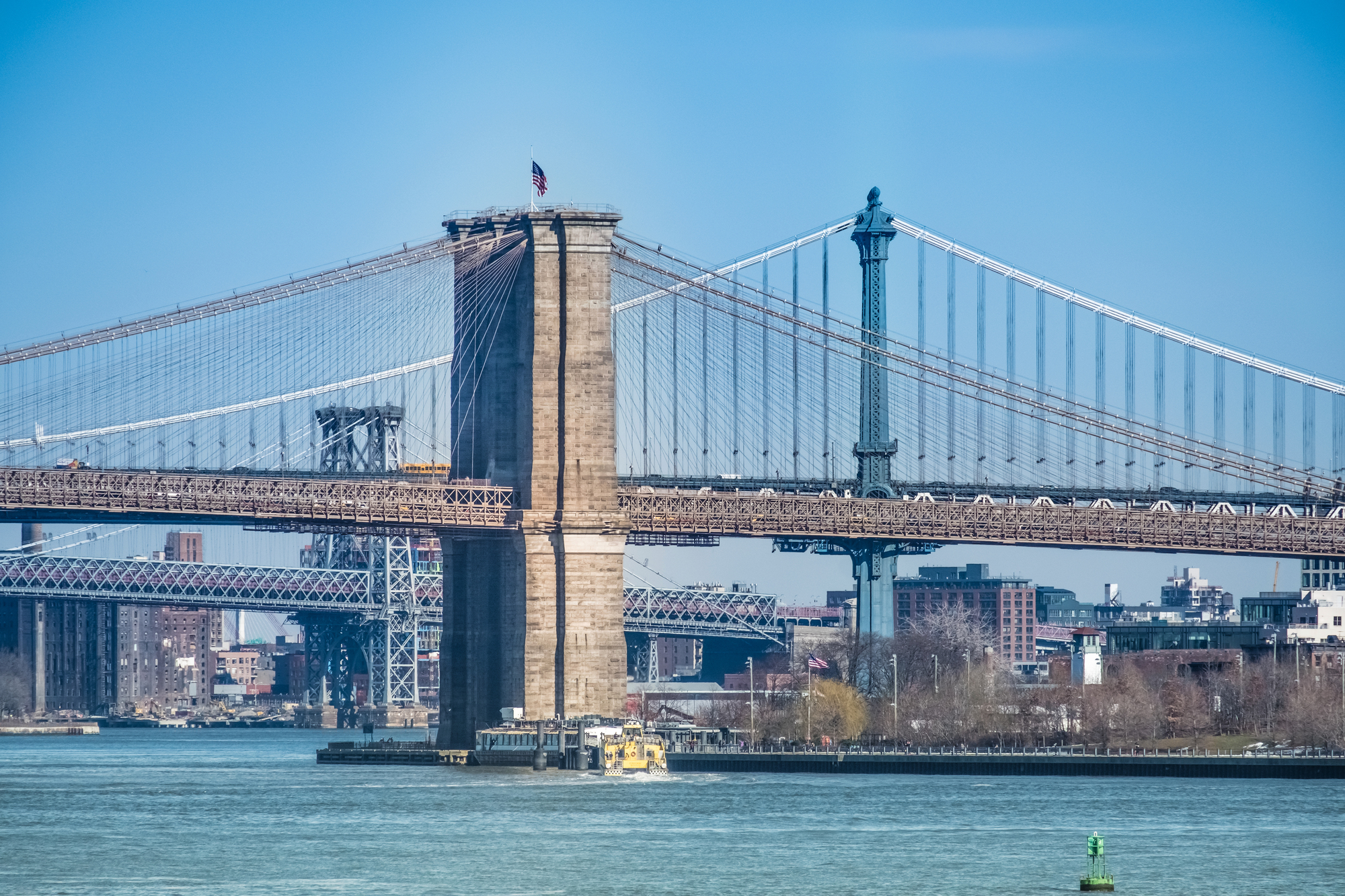
These bridges demonstrate how engineering can transform functional necessities into architectural art. While each solved specific challenges, they all pushed the boundaries of possible construction.
Modern bridge designers continue to innovate, using new materials and techniques. Perhaps the most exciting bridges are yet to be built as engineering capabilities continue to evolve
More from Go2Tutors!

- Famous Battles: How Much Do You Really Know About U.S. History?
- Top 5 Most Important Skills, According To Harvard Business School
- How Well Do You Know 90s Pop Culture? Take the Quiz
- Master the Art of Public Speaking with These Expert Tips
- Think You Know Capitals? Put Your Knowledge to the Test
Like Go2Tutors’s content? Follow us on MSN.



